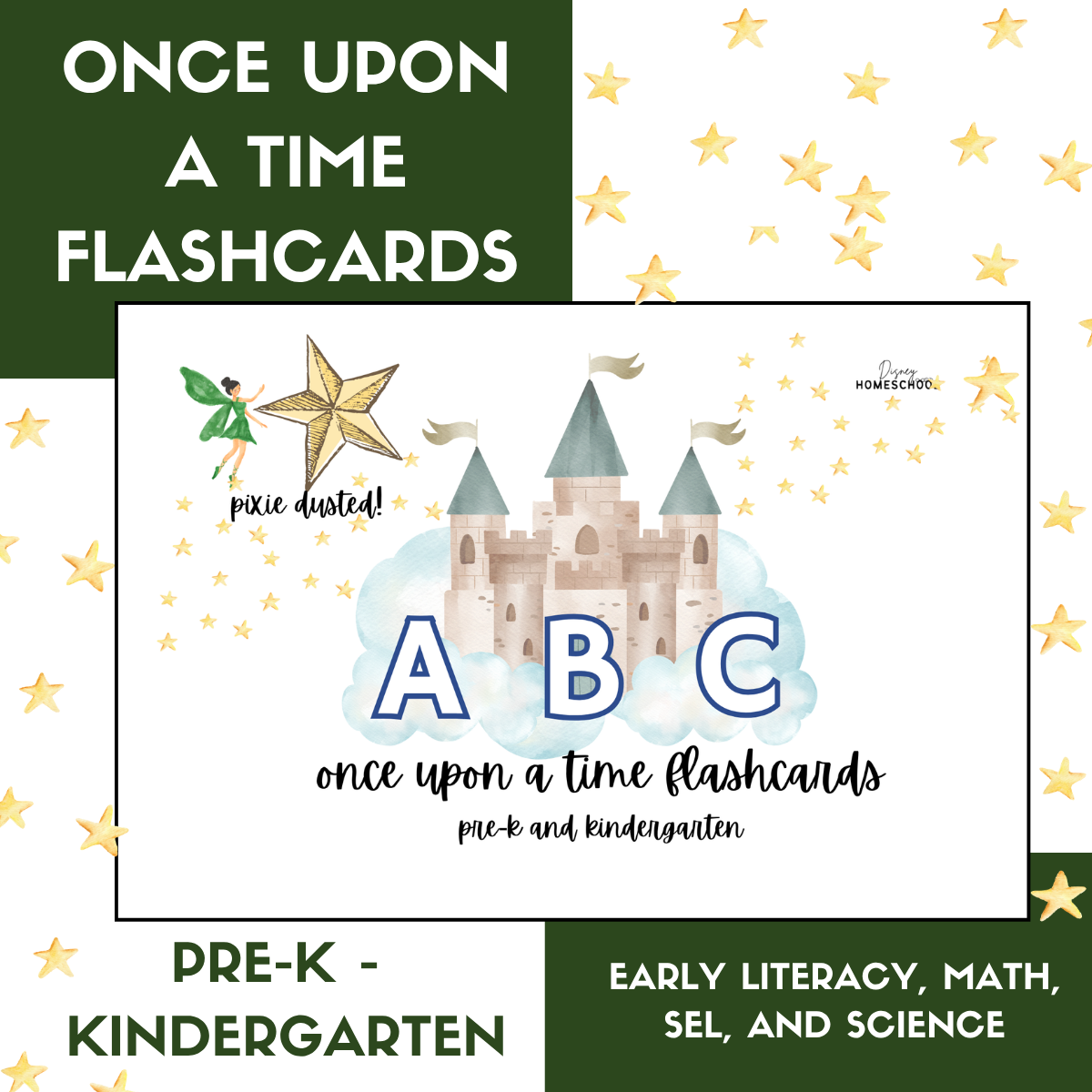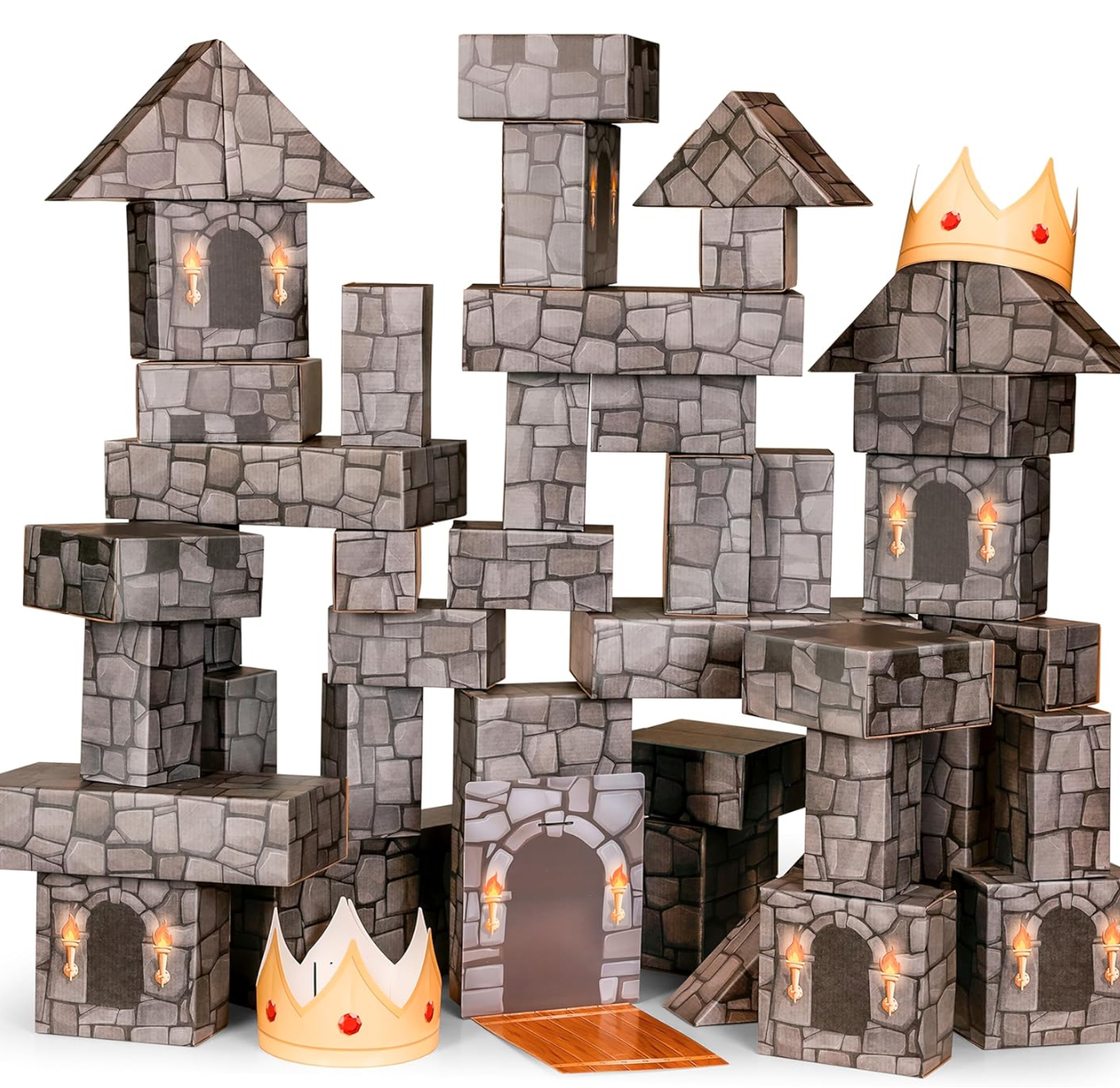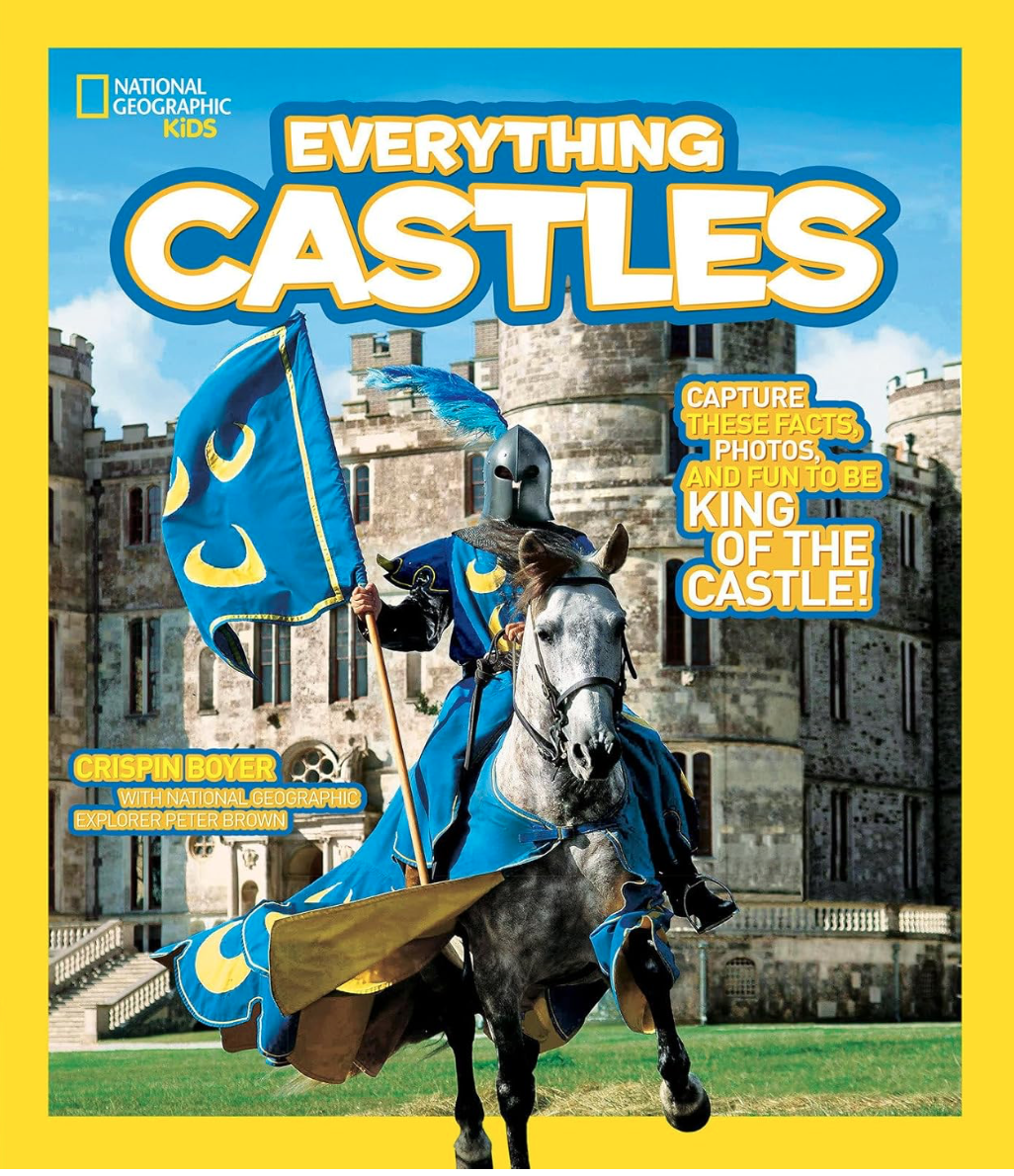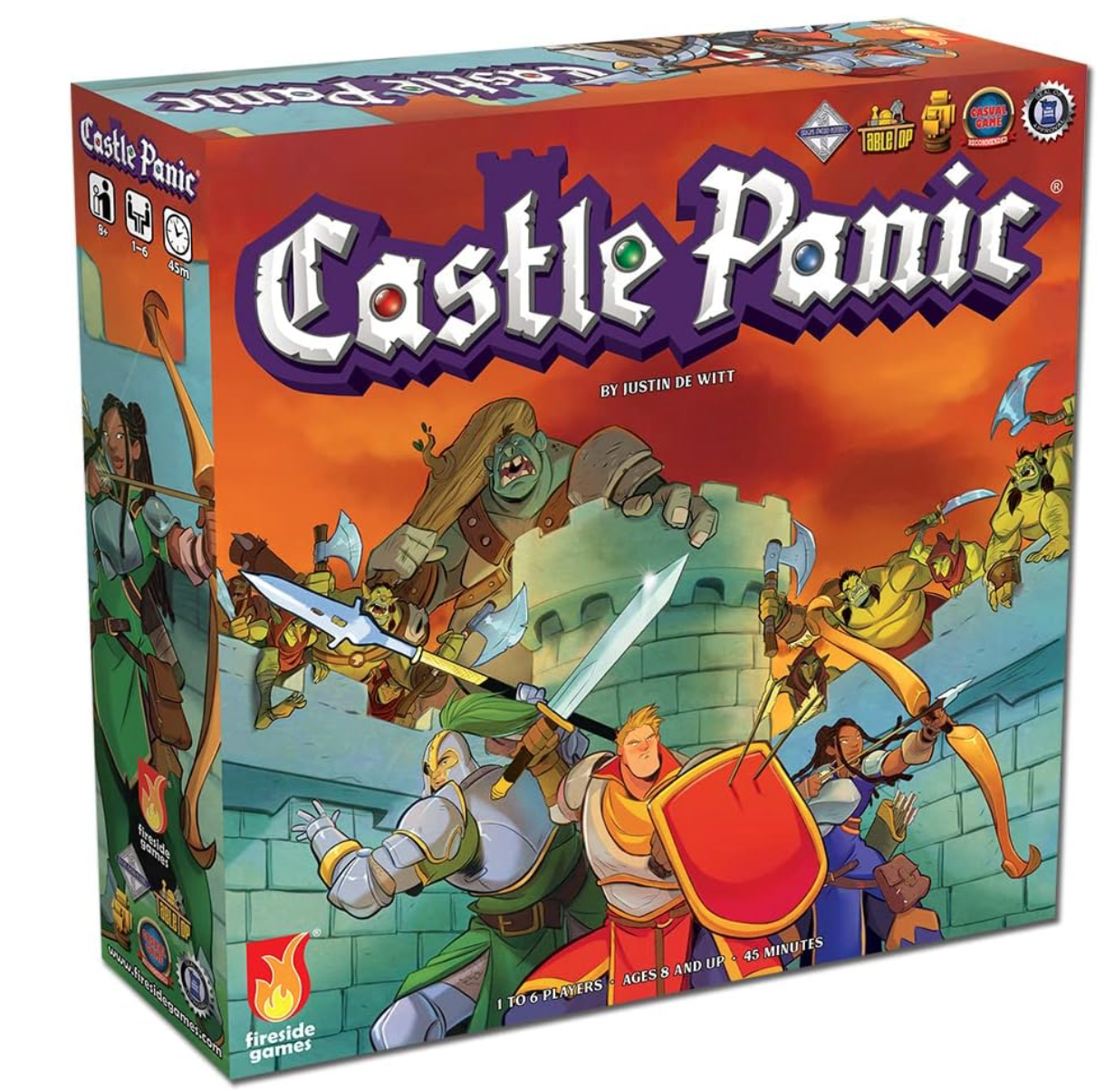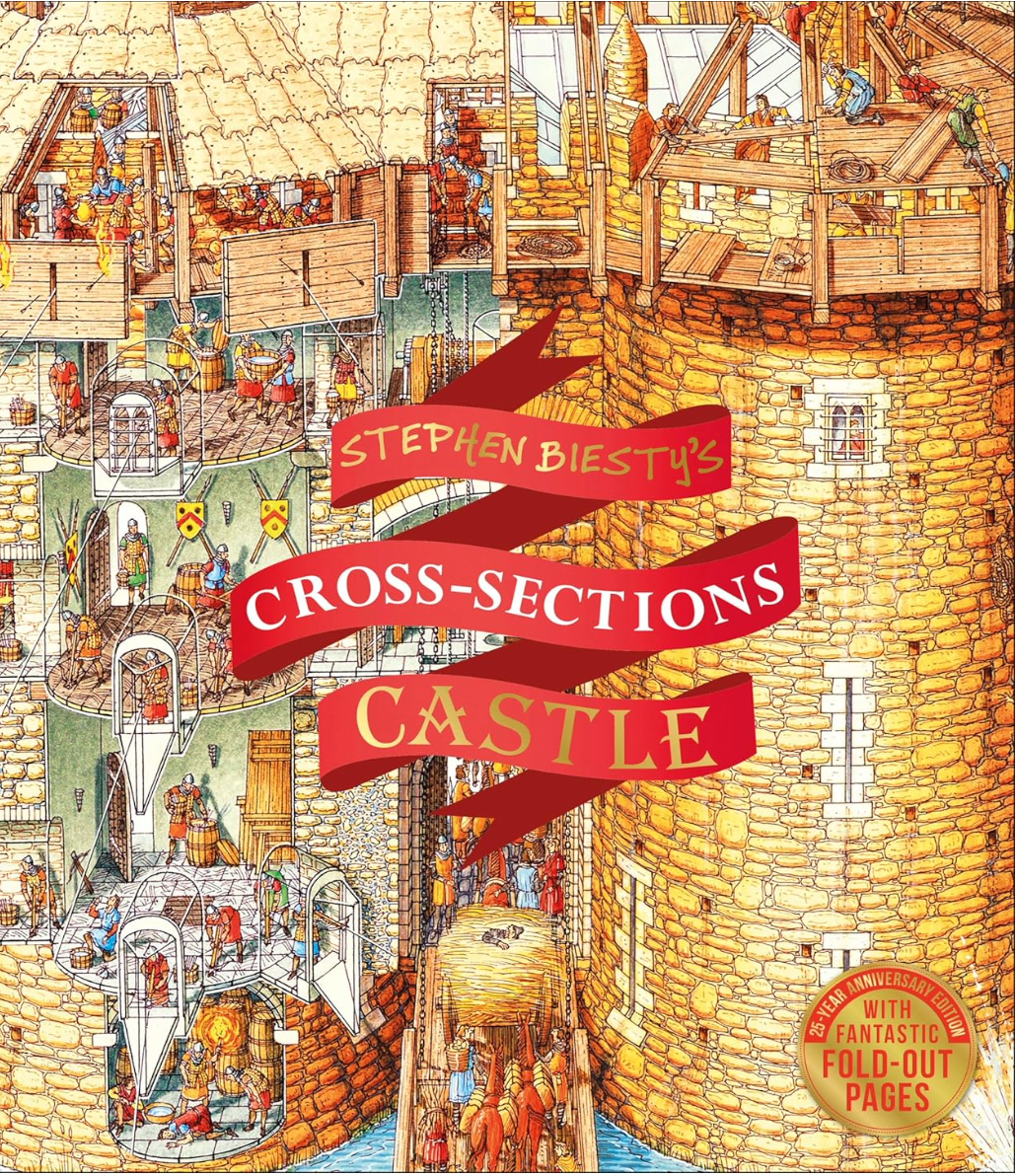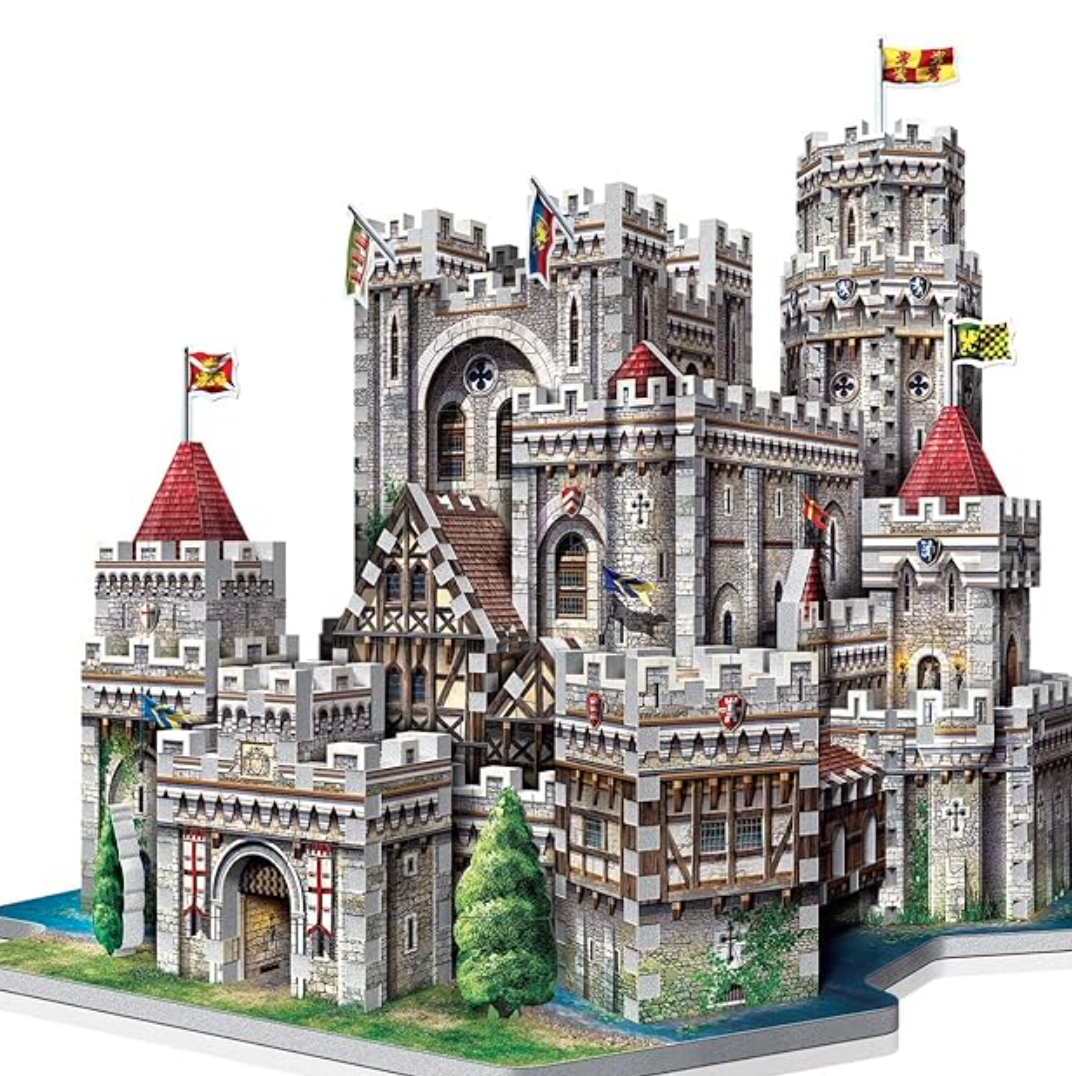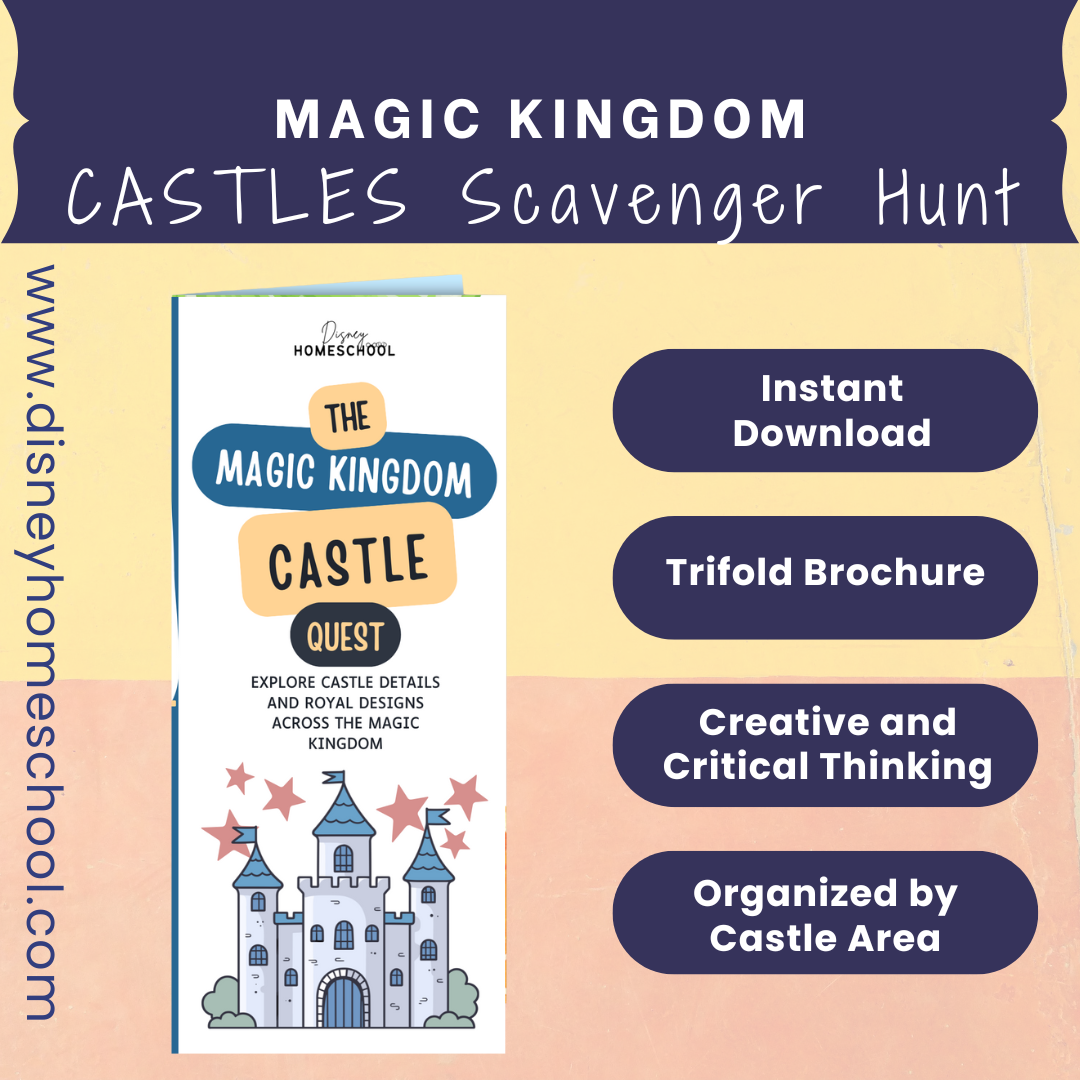How To Disney School With A Castle Theme
Castles spark curiosity across all ages. Whether your learners are fascinated by fairy tales, medieval battles, or ancient architecture, a castle-themed unit can offer rich, multi-subject learning while keeping the magic of Disney close at heart.
This guide breaks down a castle-themed "Disney School" unit into three age groups: Pre-K and Kindergarten, Elementary School, and Upper Elementary to Middle School. Each section includes recommended materials, cross-curricular benefits, and age-appropriate critical thinking questions.
Pre-K and Kindergarten: Once Upon a Castle
1. Once Upon a Time Flashcards
Introduce vocabulary through these story-inspired cards featuring words like castle, king, fairy, and dragon. Use them to:
Practice early phonics and syllables
Sort by sound, rhyme, or number of syllables
Inspire storytelling with prompting
Includes Teaching Tips
Parent Page for Lesson Planning
Cross-Curricular Activities to make the most of your time and engagement
Get the Once Upon a Time Flashcards here
2. National Geographic Jumbo Cardboard Building Blocks
Large, durable cardboard bricks help children build life-size castle structures. Encourage your child to:
Build a castle and create a story with it using the Once Upon a Time Flashcards
Determine how to keep your castle strong (protect against weather or invaders)
Experiment with different shapes and balance techniques
Educational Benefits
Develops spatial reasoning and motor skills
Builds oral language and early literacy
Encourages imaginative play and cooperation
Critical Thinking Questions for Pre-K and Kindergarten
How does a castle protect people?
How can you make your castle taller or stronger?
What story can you tell about someone who lives in your castle?
Elementary School: Explore, Build, and Protect
1. National Geographic Kids Everything Castles
This colorful nonfiction book captures the excitement of medieval castles with high-interest facts, full-page photographs, and kid-friendly explanations. With sections on castle life, defense mechanisms, feasts, and famous castles around the world, it offers:
Engaging nonfiction text features like sidebars, captions, and fun facts
Connections to history, geography, and reading comprehension
Opportunities to compare Disney castles to real ones in Europe and Asia
Encourage learners to create a “castle fact collector” journal or compare their favorite Disney castle to a real-world counterpart.
2. Castle Panic Board Game
This cooperative game challenges players to defend a castle from invaders. (FULL DISCLOSURE: I am one of those people that take awhile to learn new games… and while this game has a lot of moving pieces, it quickly became a family favorite!) While playing, kids will:
Practice addition and logic to strategize attacks
Learn teamwork and communication skills
Understand basic game theory and probability
Educational Benefits
Encourages historical inquiry and global connections
Strengthens reading comprehension and nonfiction literacy
Develops strategic thinking and cooperative gameplay
Critical Thinking Questions for Elementary School
How is a Disney castle different from a real medieval castle?
Why do you think castles needed walls and towers?
What would you include in your own castle if you were designing one?
Upper Elementary and Middle School: Dive into Medieval Worlds
1. Stephen Biesty’s Cross-Section Castles
This richly illustrated book reveals the inner workings of a medieval castle by “cutting” it open to show everything from the drawbridge mechanism to the great hall. I love this book and am quietly making it my mission to collect all in the series. Students will:
Analyze labeled diagrams of castle life, architecture, and defense
Explore trade, hierarchy, and infrastructure in feudal society
Build visual literacy through detailed illustrations
Use this book to spark activities like blueprint analysis, model design, or written descriptions of a day in the life of a castle resident.
2. Free Printable: Castles
This blog post will guide you through how I used a thematic approach to learning about castles with my ten year old. It includes a free printable and ideas for more connections.
Download the Castle Printable here
3. 3D King Arthur’s Camelot Puzzle
This 865-piece 3D puzzle challenges learners to recreate the legendary castle of King Arthur. As they build, they will:
Develop fine motor skills and attention to detail
Gain spatial reasoning and architectural awareness
Explore connections between literature (Arthurian legend) and real medieval design
Find the Camelot 3D Puzzle on Amazon
Educational Benefits
Integrates art, literature, history, and engineering in one cohesive unit
Supports further narrative and expository writing with historical foundations
Encourages independent project-based learning and persistence
Critical Thinking Questions for Upper Elementary and Middle School
How does a castle’s design reflect the society and technology of its time?
What can you learn from comparing fictional castles like Camelot with real historical castles?
If you were to redesign a medieval castle using modern materials, what would you change and why?
How to Bring the Learning Into the Magic Kingdom
After exploring castles through stories, puzzles, and hands-on activities at home, a visit to the Magic Kingdom becomes the perfect real-world connection point. This is where your child’s castle knowledge comes to life, and where meaningful learning can continue beyond the page.
To guide your day in the park, use the Magic Kingdom Castle Quest trifold scavenger hunt. Designed specifically for curious learners, this printable takes your child on an interactive quest through Fantasyland and other castle-themed areas of the park.
Get the Castle Quest Scavenger Hunt on Etsy here
Bring a clipboard, pencils or markers, and your sense of wonder. As you move through the park, your child will observe architectural features, compare castles, and reflect on how Disney uses visual storytelling in each space.
Critical Thinking Questions to Ask in the Park
How is Cinderella Castle designed to feel magical, even though it is not a real medieval fortress?
(Look at materials, shapes, colors, and height.)Which castle or castle-like structure in the park looks the most believable? Why?
(Compare the Beast’s Castle, Prince Eric’s Castle, and Cinderella Castle.)If you were designing your own Disney-style castle, what story would it tell through its design, and what features would it include?
(Would it have tall towers, stained glass, a moat, or a hidden room?)
These questions can be discussed aloud, added to a field journal, or just happen through discussion. Together, they help your child synthesize what they’ve learned at home and observe with purpose in the parks.
This is where Disney Schooling shines: when imagination, real-world observation, and intentional learning come together in a place designed to spark curiosity.
Other Posts You May Enjoy:
Teaching Snow White As More Than a A Fairy Tale
Homeschooling With Pirates of the Caribbean
What It’s Really Like to Homeschool with Disney Curriculum
Top Ten Educational Shows On Disney+


